Soil Orders
There are several levels of soil taxonomy and those are order, suborder, great group, subgroup, family, and series. The classification was originally developed by Guy Donald Smith, former director of the U.S. Department of Agriculture’s soil survey investigations (Donovan and Alan, 1981). Soil order is the most general level of classification in the USDA (United States Department of Agriculture) system of Soil Taxonomy.
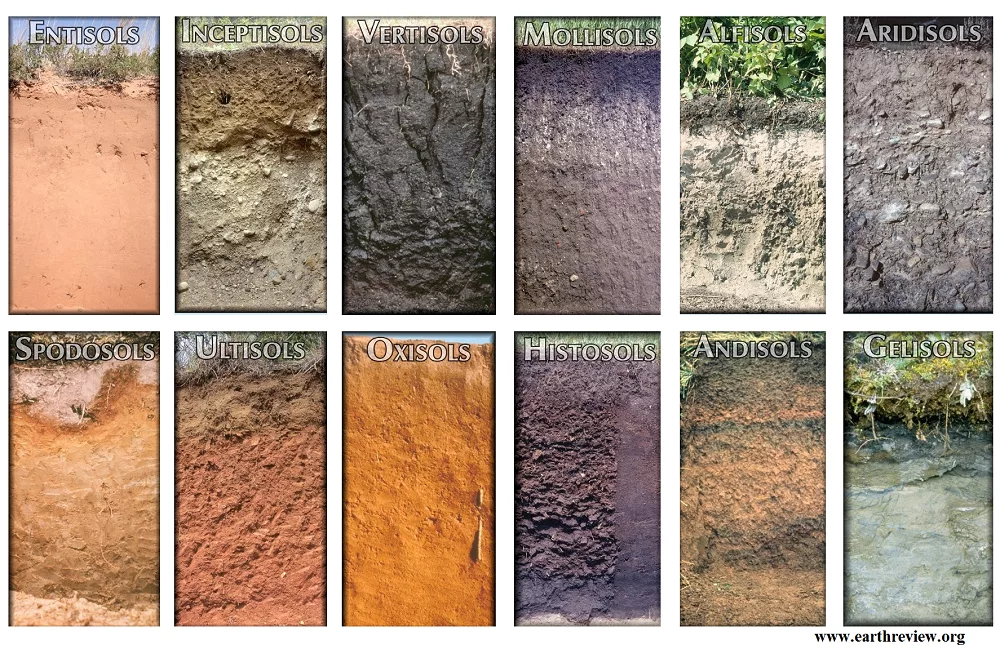
The soil properties that can be measured quantitatively are basically used in this classification system such as depth, moisture, temperature, texture, structure, cation exchange capacity, base saturation, clay mineralogy, organic matter content, and salt content (The Soil Orders Archive, 2010). The soils of the earth are classified info several orders on the basis of climatic condition, weathering (physical and chemical) and soil formation (the relative amount of soil profile development) and more specifically parent materials. The 12 soil orders throughout the world and those are Entisols, Inceptisols, Vertisols, Mollisols, Alfisols, Aridisols, Spodosols, Ultisols, Oxisols, Histosols, Andisols, and Gelisols. Among the 12 soil orders, there are 6 orders (Entisols, Inceptisols, Mollisols, Alfisols, Ultisols, Histosols) that are available in our country, Bangladesh (Source: Banglapedia).
1. ENTISOLS
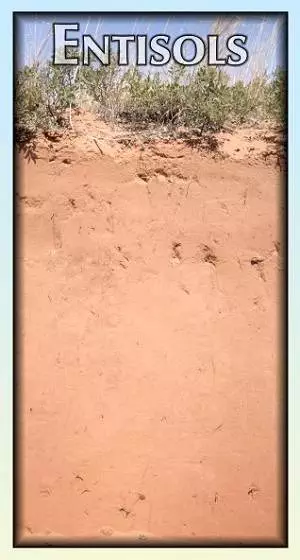
Entisols cover about 16% of the world’s ice-free land surface. These occur in areas recently deposited parent materials or in areas where erosion or deposition rates are faster than the rate of soil development; such as dunes, steep slopes, and flood plains. They occur in many environments. The soils show little or no evidence of pedogenic horizon development.
2. INCEPTISOLS
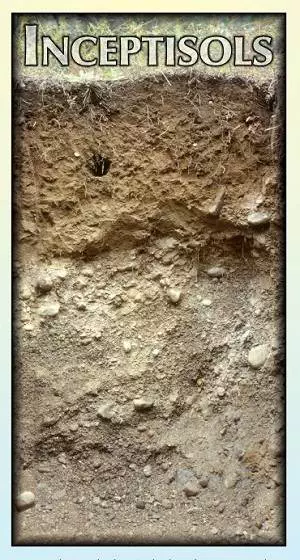
Inceptisol makes up about 17% of the world’s ice-free uppermost layer of the land surface. These are soils of semiarid to humid environments that generally exhibit only moderates degrees of soil weathering and development. Inceptisols have a wide range of characteristics and occur in a wide variety of climates throughout the world.
3. VERTISOLS
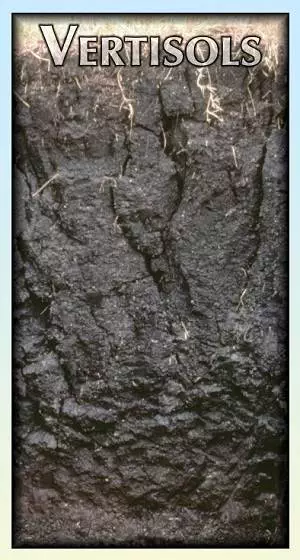
Vertisols make up about 2% of the world’s ice-free land surface. They have a high content of expanding clay minerals. The soils undergo pronounced changes in volume with changes in moisture. They tend to be fairly high in natural fertility.
4. MOLLISOLS
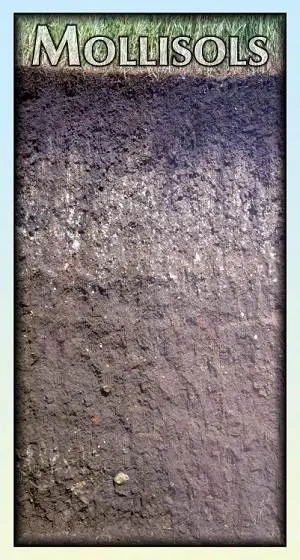
Mollisols make up about 7% of the world’s ice-free land surface. The soils have a dark-colored surface horizon relatively high in content of organic matter. The soils are base-rich throughout and therefore are quite fertile. The soils are basically formed under grass in climates that have a moderate to pronounced seasonal moisture deficit. They are extensive soils on the steppes of Europe, Asia, North America, and South America.
5. ALFISOLS
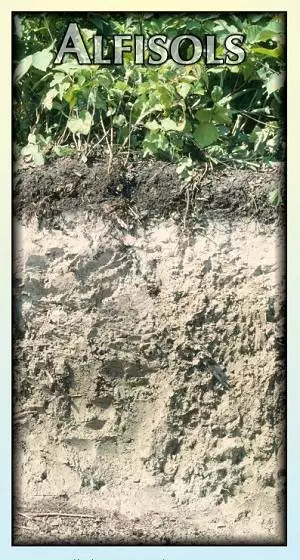
Alfisols cover about 10% of the world’s ice-free land surface. These soils result from weathering processes. They leach clay minerals and other constituents out of the surface layer and into the subsoil where they can retain and supply moisture and nutrients to plants. They are primarily formed under forest or mixed vegetation cover and are very much productive for most crops.
6. ARIDISOLS
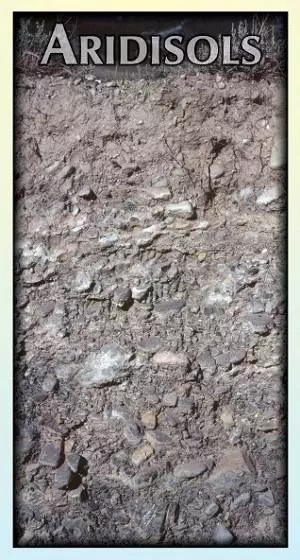
Aridisols makes up about 12% of the world’s ice-free land surface. These are soils that are too dry for the growth of mesophytic plants. The lack of moisture greatly restricts the intensity of weathering processes and limits most soil development processes to the upper part of soils. The soils often accumulate gypsum, salt, calcium carbonate, etc.
7. SPODOSOLS
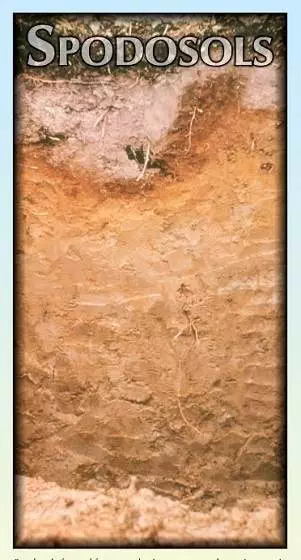
The soil order covers about 4% of the world’s ice-free land surface. Spodosols are formed from weathering processes that strip organic matter combined with aluminum (with or without iron) from the surface layer and deposit them in the subsoil. They tend to be acidic in nature and infertile.
8. ULTISOLS
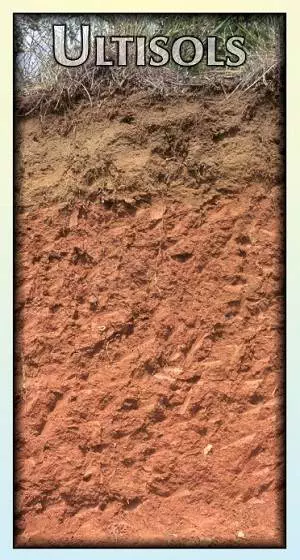
Ultisols make up about 8% of the world’s ice-free land surface. The soils are in humid areas. They formed from fairly intense weathering and leaching processes. They are basically acid soils in which most nutrients are concentrated in the upper few inches. They have a moderately low capacity to retain additions of lime and fertilizer.
9. OXISOLS
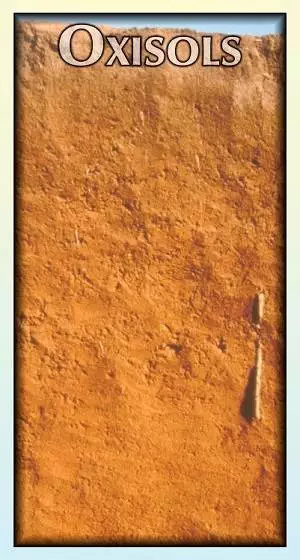
Oxisols make up about 8% of the world’s ice-free land surface. They are highly weathered soils of tropical and subtropical regions. They are dominated by low activity minerals, such as quartz, kaolinite, and iron oxides. They tend to have indistinct horizons. The soils characteristically occur on land surfaces that have been stable for a long time. They have very low natural fertility and a low capacity to retain additions of lime as well as fertilizer.
10. HISTOSOLS
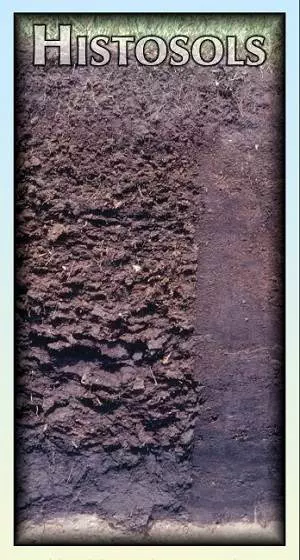
It covers about 9% of the world’s ice-free land surface. Histosols have a high content of organic matter and no permafrost. Most are saturated year-round, but a few are freely drained. These are commonly called bogs, moors, peat, or mucks. The soils are formed in decomposed plant remains that accumulated in water, forest litter, moss faster, etc. If these soils are drained and exposed to air, microbial decomposition is accumulated and the soils may subside significantly.
11. ANDISOLS
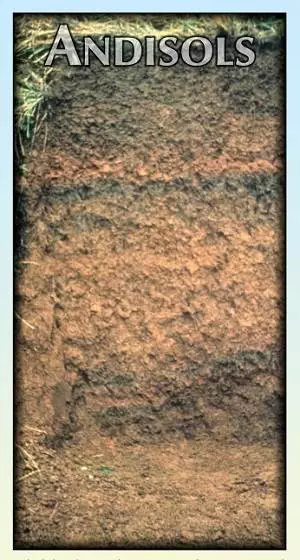
Andisols make up about 1% of the world’s ice-free land surface. These soils are formed from weathering processes and generate minerals with little orderly crystalline structure. These minerals can result in unusually high water and nutrients holding capacity. The soils tend to be highly productive soils. They are very common in cool areas with moderate to high precipitation, especially those areas that are associated with volcanic materials.
12. GELISOLS
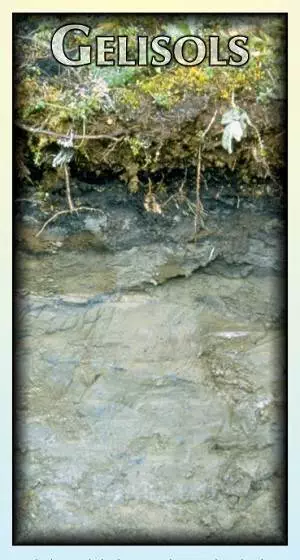
Gelisols make up about 9% of the world’s ice-free land surface. The soils have permafrost near the soil surface and/or have evidence of cryoturbation (frost churning) and/or ice segregation. The soils are really common in the higher latitude or at high elevations.
References:
- Donovan, Alan (1981-08-29). “Guy D. Smith, 73, USDA Soil Expert, Dies”. Washington Post. ISSN 0190-8286. Retrieved 2017-11-15.
- The Soil Orders Archived 12 January 2010 at the Wayback Machine, Department of Environmental Sciences, University of Virginia, retrieved 23 October 2012.
- Bangladesh Soil | http://en.banglapedia.org/index.php?title=Bangladesh_Soil
Author:
Md. Nayem Hasan Munna
Department of Soil and Environmental Sciences,
The University of Barishal,
Barishal, Bangladesh.
Email: [email protected]
Websites: www.nayemhasanmunna.info
